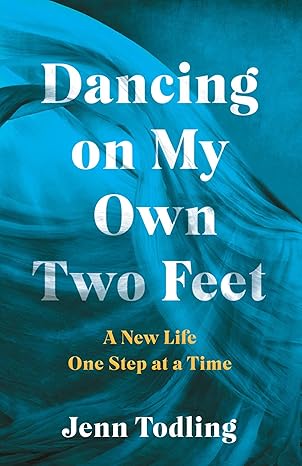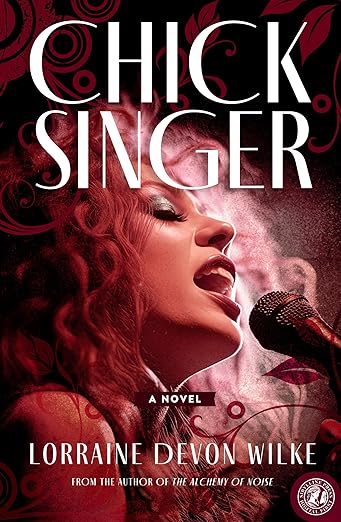Seasons in Fiction
 I’m British and married to a gardener: two reasons why I’m always talking about the seasons and associated weather patterns. They’re my life’s backdrop.
I’m British and married to a gardener: two reasons why I’m always talking about the seasons and associated weather patterns. They’re my life’s backdrop.
They’re a backdrop in fiction, too: a gift to writers aiming to evoke a mood, echo a theme, foreshadow tragic events or mirror character traits.
Let me share examples. Get ready for some weather.
Spring
Graham Swift’s 2016 novella ‘Mothering Sunday’ focuses on 30 March 1926. It explores the forbidden love between maid Jane Fairchild and wealthy Paul Sheringham. In the first chapter, Paul and Jane make love in his sunlit country house bedroom. Swift tells us, ‘It was March 1924. It wasn’t June, but it was a day like June,’ and later, ‘March 30th 1924. Once upon a time. The shadows from the latticework in the window slipped over [Paul] like foliage.’ The writer foreshadows tragedy so cleverly with the shadows and the fairy tale vibe. And March masquerades as June, seeming maliciously complicit.
But in the classic ‘Anne of Green Gables’, L M Montgomery deliberately evokes an atmosphere of hope and new life with her description of late spring. Rachel Lynde sits at her kitchen window, watching Matthew Cuthbert driving a buggy out of Avonlea to fetch the ‘orphan boy’ who turns out to be Anne Shirley. It is early June and ‘the orchard on the slope below the house was in a bridal flush of pinky-white bloom, hummed over by a myriad of bees.’ This description is so full of colour, noise and newness, that surely it points to Anne’s personality and how she will bring love and light into her new adoptive parents’ lives.
Summer
Heatwaves and drought are useful backdrops to stories about family tensions and intense personal emotion. I love Anita Shreve’s ‘The Stars are Fire’, a 2017 novel set in Maine in the US in 1947. Shreve describes the effect of heat and drought on the townspeople: ‘The heat reduces them to looser versions of themselves.’ Then, fires speed along the coast and Grace Holland, unhappy in marriage, finds that her husband, a volunteer firefighter, has disappeared.
Penelope Lively’s ‘Heatwave’ explores similarly fractured family dynamics as Pauline hires an English cottage during a blistering summer, next door to her daughter and family. What should have been an idyllic family holiday turns toxic. Pauline discovers that her son-in-law is an adulterer. ‘What became of spring?’ she asks, looking around parched fields. ‘This landscape is unstable. It rushes unstoppably ahead, locked into its impervious cycle.’ Equally unstoppable, it turns out, is a shocking and violent climax.
I set my own novel ‘Cuckoo in the Nest’ in the UK’s heatwave summer of 1976. In the story, teenage protagonist Jackie Chadwick is newly-fostered by the Wall family. She desperately needs stability but Amanda, their insecure, jealous teenage daughter, isn’t happy. Tensions rocket along with the searing temperatures and tragedy threatens. On Jackie’s first morning in the house, she wakes, and muses on the capriciousness of weather. ‘I lay there, thinking again how heedless the weather is, not asking anyone’s permission about what would suit your personal circumstances. It goes ahead with its own plans, roasting you to perdition, lashing down on your hatless head regardless, and sometimes chucking irony around, sending sunshine to symbolise a new beginning you’d rather not have had.’
Autumn
Neil Gaiman’s funny-dark fantasy story ‘October in the Chair’ sees the twelve months of the year meeting to tell stories, sitting on tree-stumps. October chairs the meeting, his beard ‘a grove of trees in autumn, deep brown and fire-orange and wine-red, an untrimmed tangle across the lower half of his face.’ His story is hauntingly sad, echoed in imagery of dying leaves. A young boy escapes his cruel family, deciding that ‘whatever monsters were waiting out there in the world’, none could be worse than his mean twin brothers. He finds a friend but not the kind we expect.
Harper Lee sets the climax of ‘To Kill a Mockingbird’ in autumn. She juxtaposes humour with terror on a Halloween night. Young Scout is hilariously dressed as a ham for the evening’s school pageant but as she walks there in darkness with brother Jem, we learn that, ‘The weather was unusually warm for the last day of October … The wind was growing stronger … There was no moon.’ As they walk home later, a terrifying attack takes place that changes them for ever, all foreshadowed by the wild autumn night with no moon.
Winter
So, we come shivering to A Christmas Carol by Charles Dickens. Look at how he describes Scrooge, as though he were a wintry weather system in himself, resistant to warmth or emotion. ‘The cold within him froze his old features, nipped his pointed nose, shrivelled his cheek, stiffened his gait, made his eyes red, his thin lips blue …’ Winter has inhabited Scrooge, or has he inhabited winter? And can he be defrosted?!
Daphne Du Maurier sets her Gothic horror story ‘The Birds’ in a winter that suddenly appears, changing everything. A Cornwall farm worker, Nat Hocken, says to his wife during the night, when strangely aggressive birds start attacking the house, ‘Can’t you hear the wind? It’s blowing from the east, driving the birds to shelter.’ When he opens the window, birds peck at him, drawing blood. His attempts to protect home and family are futile and tragedy awaits.
Try blending the seasons into fiction yourself. Choose a season and give it human characteristics. Or choose a character and give him/her seasonal features. Show readers how characters are affected by weather. Or produce irony by setting a horror story in spring, or a comedy in winter.
—
Fran Hill is an author and retired English teacher living in the Midlands, UK. She has three grown-up children and two grandchildren. Her first book ‘Being Miss’ was self-published in 2014. Her second, a funny teacher-memoir called ‘Miss, What Does Incomprehensible Mean?’ was published by SPCK in May 2020. Her first full-length novel ‘Cuckoo in the Nest’ will be published by Legend Press on 26 April 2023.
Find out more about Fran on her website https://www.franhill.co.uk/
Follow her on Twitter https://twitter.com/franhill123
CUCKOO IN THE NEST: A Daily Mail Book of the Year
“A warm and wonderful story'” Adele Parks
It’s the heatwave summer of 1976 and 14-year-old would be poet Jackie Chadwick is newly fostered by the Walls. She desperately needs stability, but their insecure, jealous teenage daughter isn’t happy about the cuckoo in the nest and sets about ousting her.
When her attempts to do so lead to near-tragedy – and the Walls’ veneer of middle-class respectability begins to crumble – everyone in the household is forced to reassess what really matters.
Funny and poignant, Cuckoo in the Nest is inspired by Fran Hill’s own experience of being fostered. A glorious coming of age story set in the summer of 1976.
‘Fresh, authentic and darkly funny. I absolutely loved it’ Ruth Hogan, bestselling author of The Keeper of Lost Things
‘Vivid, funny, nostalgic and utterly charming’ Veronica Henry
‘Laugh out loud funny, yet heartbreakingly sad’ Frances Quinn
‘Totally evokes a seventies childhood’ Joanna Nadin
‘This made my soul sing! Witty, poignant and full of heart’ Jessica Ryn
‘Poignant and uplifting’ Jane Bettany
BUY HERE
Category: Contemporary Women Writers, How To and Tips




























